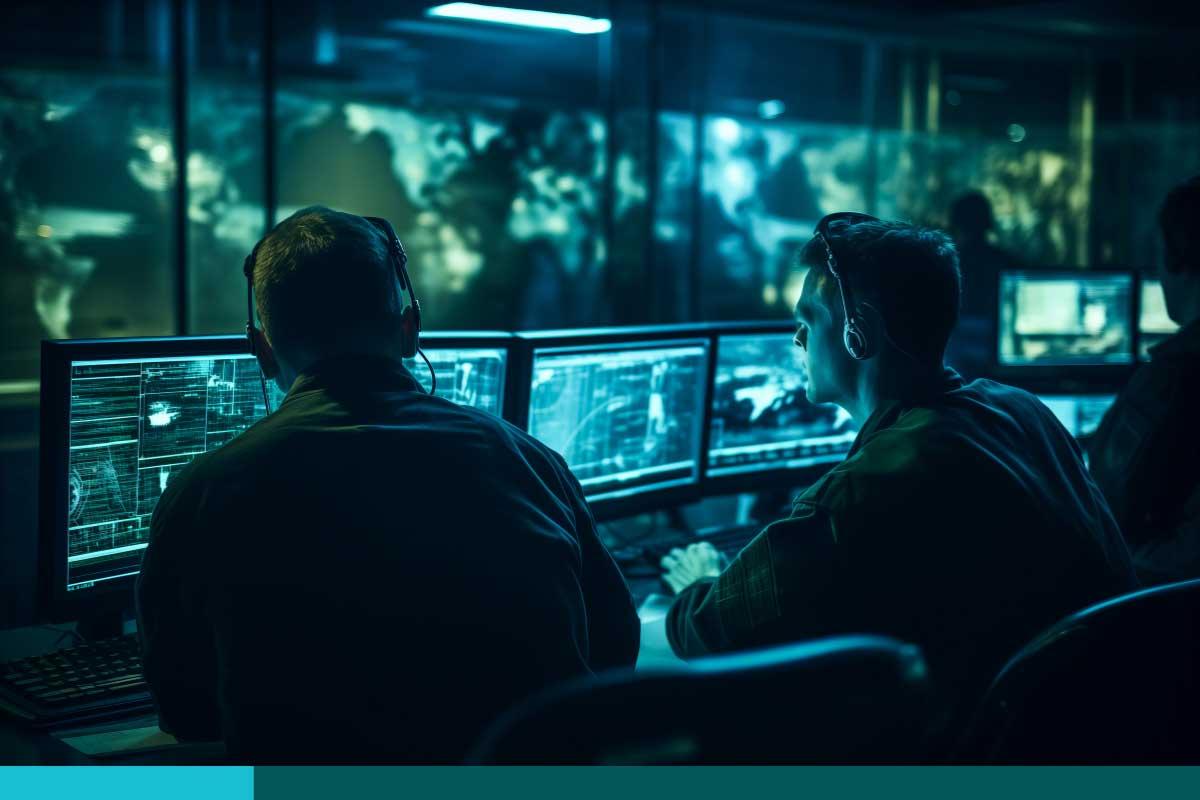DoDIIS 2024: Data, Cybersecurity and Zero Trust

Hello from DoDIIS in Omaha, Nebraska! TDSYNNEX Public Sector is once again attending, so if you didn’t make it out to the city that invented the Reuben sandwich, we’ve got you covered. The conference kicked off with a heavy focus on several prevailing themes, notably: cybersecurity, deterrence, interoperability, and data centricity. If you read that list and thought AI was missing – fear not – it was included in discussions, but primarily as a vehicle for aiding in the intelligence community’s (IC) top priorities.
Data
General Anthony J. Cotton, USAF, Commander STRATCOM, spoke at length about the intersection of the themes listed above. He emphasized particularly STRATCOM’s interdependence with other agencies, focusing as well on the need for data to be “communal” and “flowing freely between systems.” That thought continues to underscore what we’ve heard consistently for years from many federal agencies, but especially from those in the intelligence community (IC): data must be clean, and able to travel within and across agencies on reliable and resilient networks. That notion remains the utopian goal of the current environment. And while it is believed to be achievable, the challenge of disparate data formats remains. AI capabilities were offered as a solution to that challenge, with a call to IT companies to provide data tagging services, as well as machine-enabled analysis to enhance real-time decision-making needs.
The story, and subsequent solution(s) didn’t end there, however. Lori Wade, IC Chief Data Officer, delivered remarks speaking to the concern of AI being touted as the solution to so many needs, as we will see billions invested in related technologies in the coming decades. She offered a different direction and call to action from specific investment to AI, to instead focus on the intake and processing of data at its inception. The idea is to start with appropriate processes and quality intake to ensure that the AI tools that are used on it are effective. AI is only capable of making the best decision based on the data it uses. She further noted there is little to no need to duplicate data; rather, leaving it at its source, and thus combining sources, will cut down on the footprint of data center needs that are driving so much investment currently. AI, after all, requires high computing performance; the more data you have, the greater liability it is and the more you have to store.
Ms. Wade concluded her session with the announcement of a highly anticipated “Data Reference Architecture” for the IC, scheduled to be issued as an unclassified document in the coming months. It remains open for commentary currently. IT companies will want to take note of the Architecture, as it will provide the appropriate protocols for IC agencies concerning data use and AI implementation.
Cybersecurity
Several panelists across various sessions also emphasized the ever-present need for cybersecurity products and services. Far and away, cybersecurity was mentioned as the top priority across every IC agency in attendance. The NSA in particular stressed the idea that there can be no pause, let up, in threat detection, continuous monitoring and mitigation, as risk is ever-present. While AI is seemingly taking the spotlight for excitement across the IT market, this was a call to IT companies that cybersecurity is not only mentioned during Cybersecurity Awareness Month each October, but a real, necessary ongoing need in perpetuity. AI is thought of as the force-multiplier to it, with the opportunity to offer threat detection and abatement at unprecedented levels.
Zero Trust
With the finalizing of CMMC earlier this month, it came as no surprise that zero trust has remained a through-line of conversation as well at DoDIIS this year. It serves almost as background noise, the mention of a zero trust architecture, but it is stated so frequently because, not in spite, of its importance. Many IC leaders spoke to the critical importance of IT companies aiding in their ability to achieve a zero trust environment by 2027, with the need for products and services including Identity and Access Management (IAM) tools, endpoint security, Security Information and Event Management (SIEM), as well as data loss prevention capabilities.
There you have it; a quick run-down of DoDIIS in 2024, and a little something for everyone in the IT space. FY25 is poised to be full of opportunity for IT companies doing business with the intel community.
To get more TD SYNNEX Public Sector Market Insight content, please visit our Market Intelligence microsite.
About the Author:
Susanna Patten is a senior manager on the TD SYNNEX Public Sector Market Insights team covering tech trends across the Public Sector. Susanna has over 13 years of experience in public sector IT procurement. Her responsibilities at TD SYNNEX Public Sector include driving market intelligence asset production, ensuring the quality and relevance of deliverables from the Market Insights team, and aligning these insights with sales opportunities.

























